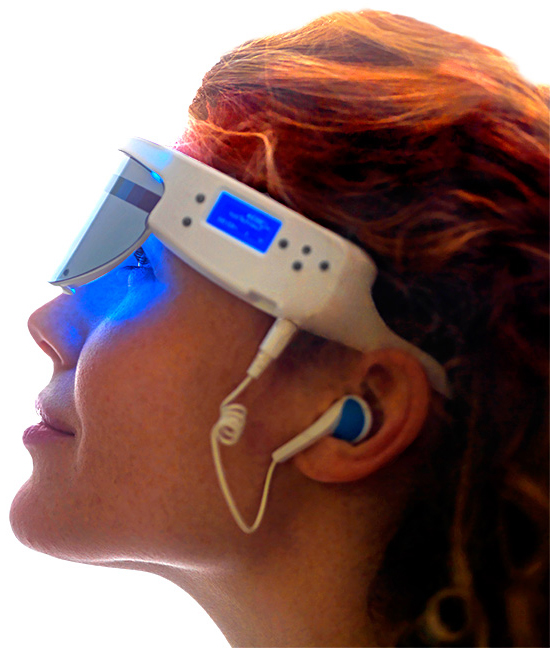free your mind |
Presentation |

PSiO technology designed for Good SleepThe PSiO technology can regulate sleep disorders at two levels. It can first help fall asleep, and it can also prevent awakening at night. Falling asleepSleep may be affected because of the famous “brain chatter”, these thoughts that come back and seemingly never stop. The cortex is composed of several layers of neurons that communicate with each other and that are responsible for all analytic and comparative thoughts. In this part of the brain, a special area is responsible for the faculty of attention. It is at this level that the PSiO technology can intervene by acting as a powerful attention “distractor”. While it is clear that the absence of light promotes sleep, darkness unfortunately does not stop chronic over thinking. On the contrary, the thousand thoughts generally arise in the dark and quiet of the night, often generated by stress or anxiety. The originality of the approach proposed by the PSiO device is to paradoxically use light to distract one’s attention!
Light as an Attention ‘Distractor’But not just any kind of light ! A study was conducted in 2014 on 100 students (1). The study showed that red light, at a 625 nm wavelength, has no significative influence on the retina receptors involved in the 'biological clock’ activity. As evidence, melatonin secretion is in no way altered by a light emission of this kind. It is thus thanks to red light diffused homogeneously in opalescent glasses that the PSiO operates.
How does light distract the attention?Variable frequency light stimulations between 5 to 12 cycles / second have been found to have no equal in distracting one’s attention. These stimulations have the particular feature of producing an immediate hypnagogic effect. Shapes and kaleidoscopic colors are spontaneously generated by the visual areas of the cortex that cannot manage to treat this flow of stimuli without meaning. The attention thus moves from inner thoughts to the external distracting light stimuli emitted by PSiO. The level of attention eventually starts to drop gradually to ultimately reach a state of total rest. At this moment, eyes drift into orbits, visual scenes become uniform in orange tones that resemble the glow of flames from a wood fire which fades out slowly. In order to ensure the person reaches this state of total relaxation at the border of sleep, a MP3 player has been placed in the PSiO device. Thus, the device broadcasts audio messages simultaneously with the action of red light that will complement the overall action to relax the person. Soft music starts in combination with a pulsed light session followed by the broadcast of two voices alternately succeeding each other. A man and a woman talk and offer the person simple relaxation exercises. They first raise awareness on the different segments of the body, followed by muscle contraction & release, long expirations, etc. At certain specific points in the recording, two stories are told simultaneously in the right and left ear. This is a method which prevents the person’s critical and analytical faculties from concentrating on the suggestions and completes the action of pulsed light to generate an even deeper “letting go” of the attention. This method of indirect suggestion was invented by the famous Dr. Erickson in the 1970s. As a general rule, the person’s conscious "gives up" and stops paying attention to the two stories. The attention moves then to total rest and the mind which is still awake, finds itself for a time on the edge of sleep. It is a border state where one "hears" but does not "listen" anymore. At the end of the recording, the auditory level automatically decreases and shifts to whispered suggestions. Once the person has reached the state where his or her attention is "switched off", soothing messages are conveyed in the form of stories, fairy tales, legends, texts coming from other types of therapy and stories inspired from everyday life. It is usually at this time that the mind switches to a restful sleep. The ingredients of dreams are often borrowed to the last hours before falling asleep, and we empirically notice that people experience serene nights and pleasant dreams. A feeling of subjective rest in the morning is also regularly reported. Dr. Patrick Lemoine – The PSiO in Sleep Labs
Waking up at nightAmong the many causes of insomnia, one of them can also be positively regulated by the PSiO technology: awakenings at night due to high inner stress pursuing people even in their sleep. Indeed, after several hours of sleep and some already acquired rest, the person wakes up at night and cannot go back to sleep because of the high level of accumulated inner tension. Repeated use (it takes 3 weeks minimum) of the PSiO relaxation sessions can, in the long term, play an effective role in ending these sleepless night. How ? It is simply a matter of creating a conditioning to relaxation by using the PSiO every night. There is probably a deep relation between the subconscious and the emotional brain. It articulates the relationship with the sympathetic and parasympathetic nervous system responsible for the regulation of all automatic functions, including sleep. Therefore, with the regular use of PSiO, we empirically found that night awakenings decrease or disappear if the cause of these awakenings are due to anxiety or to significant stress. In contrast to drugs, this method has proven to have no side effects. PSiO is also certified by the French National Measurement Laboratory (LNE) to be completely safe for the eyes. It is an effective tool that combines many techniques and technologies which, put together, generate a synergy. The PSiO therefore positions itself as a complement to medication. In Belgium, the Ministry of Health has classified the Audio recordings contained in the PSiO as an alternative to the overconsumption of sleeping pills and antidepressants and integrated them in the general practitioner's manual. Awakening
Power NapsPSiO has completed the range of applications by creating an original concept: the Power Naps in music & light. Specially designed for environments impoverished in natural daylight or for northern countries drastically lacking light part of the year, Power Naps are short pulsating light sessions combined with music therapy. Different types of music are available (new age, Latin jazz, lounge, rock, nature sounds, etc.) to offer users the choice. In addition to being efficient, the PSiO is cool and fun to use. NASA has bought the PSiO at the Consumer Electronics Show in 2014. Currently, a validation plan is discussed with sleep expert, Steven Lockley, Associate Professor of Medicine at Harvard Medical School, Division of Sleep and Circadian Disorders. Another study had to be planned this year with a specialist in pulsed light and sleep researcher at Stanford University, Jamie M. Zeitzer, PhD, of the Center for Sleep Sciences and Medicine (4). The PSiO firm is relocating to California this year to conduct new research and development. The PSiO catalog is available on this link :http://www.psio.com/pdf/Psio-magazine-n0-EN.pdf References
|
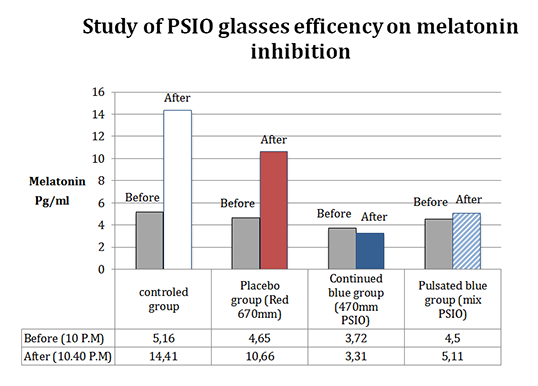

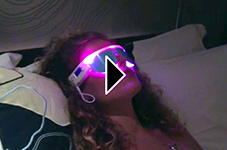
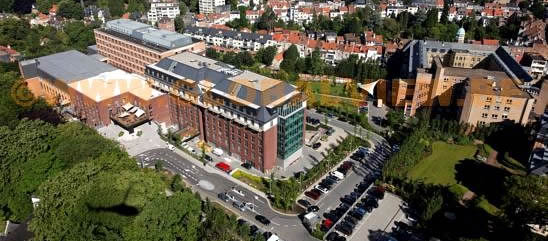
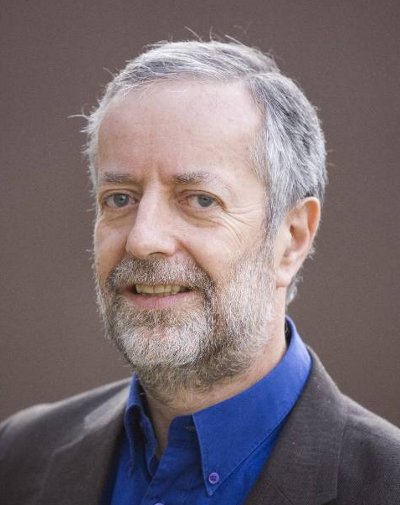 Dr. Lemoine, Lyon
Dr. Lemoine, Lyon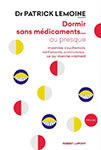
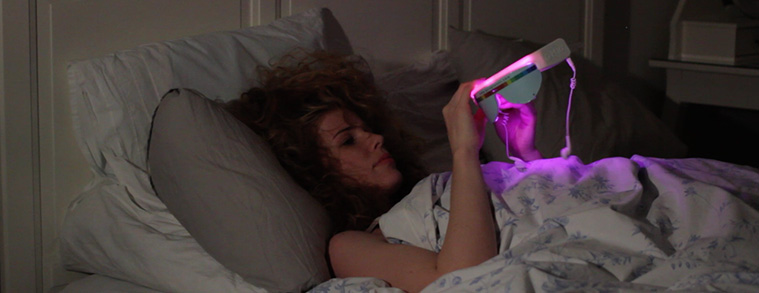
 Awakening is somewhat correlated to sleep.
Awakening is somewhat correlated to sleep.